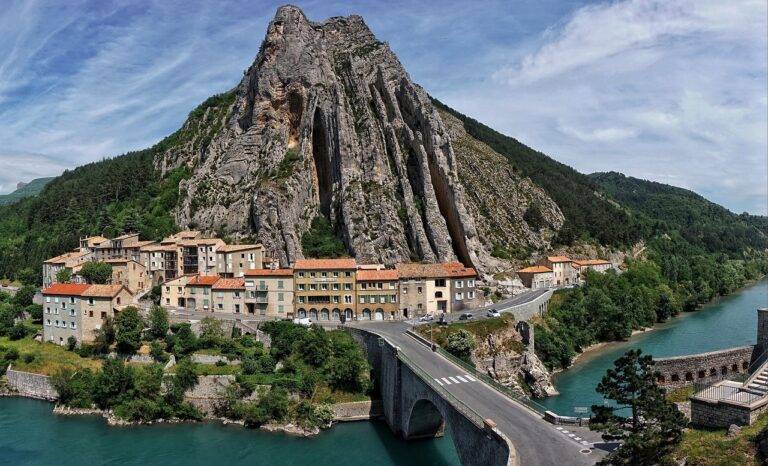Sustainable City Tourism: Exploring Eco-Friendly Attractions and Initiatives
Sustainable tourism in urban areas is becoming increasingly vital as cities strive to minimize their environmental impact. From promoting eco-friendly transportation options to encouraging the use of locally sourced products, there are numerous ways in which urban tourism can contribute to a more sustainable future. By championing environmentally responsible practices, cities can not only reduce their carbon footprint but also showcase their commitment to preserving the natural beauty of their surroundings.
One key aspect of promoting environmentally responsible practices in urban tourism is the development of green infrastructure. This includes the creation of green spaces, such as parks and gardens, as well as the integration of sustainable design elements in building construction. By incorporating green infrastructure into city attractions, urban tourism can enhance its sustainability and promote a closer connection between visitors and the natural environment.
• Developing green spaces like parks and gardens
• Integrating sustainable design elements in building construction
Another important aspect of championing environmentally responsible practices in urban tourism is promoting waste reduction and recycling initiatives. Cities can encourage visitors to use reusable products, such as water bottles and shopping bags, and provide easily accessible recycling bins throughout tourist areas. By reducing waste and increasing recycling rates, urban tourism can significantly decrease its environmental impact and set a positive example for visitors.
• Encouraging the use of reusable products
• Providing easily accessible recycling bins
Furthermore, cities can support local businesses that prioritize sustainability by showcasing their eco-friendly practices to tourists. Whether it’s through partnerships with green-certified hotels or promoting farm-to-table dining experiences, urban tourism can help drive demand for environmentally responsible businesses. By highlighting these establishments, cities not only promote sustainable practices but also contribute to the local economy and community development.
• Partnering with green-certified hotels
• Promoting farm-to-table dining experiences
Green Infrastructure: Enhancing Sustainability in City Attractions
Green infrastructure plays a crucial role in enhancing the sustainability of city attractions. By integrating elements such as parks, green spaces, and water features into urban areas, cities can create more environmentally responsible environments for both residents and visitors. These green spaces not only provide recreational opportunities but also contribute to improved air quality, reduced urban heat island effect, and enhanced biodiversity.
Moreover, green infrastructure helps to mitigate the impacts of climate change by reducing flooding and stormwater runoff through the use of permeable surfaces and green roofs. By incorporating sustainable practices into city attractions, municipalities can showcase their commitment to environmental stewardship while also creating more enjoyable and sustainable spaces for tourists to explore. This harmonious blend of nature and urban infrastructure not only benefits the environment but also enhances the overall visitor experience in cities around the world.
Promoting Biodiversity Conservation in Urban Areas
Urban areas are often thought to be devoid of nature, with concrete jungles replacing natural habitats. However, promoting biodiversity conservation in urban areas is essential for maintaining ecological balance and preserving wildlife diversity. By incorporating green spaces such as parks, gardens, and green rooftops, cities can provide refuge for various plant and animal species that are crucial for a healthy ecosystem.
One effective way to promote biodiversity conservation in urban areas is through sustainable landscaping practices. Planting native species, creating pollinator-friendly gardens, and implementing rain gardens can help support local wildlife populations and enhance biodiversity within the city. These green spaces not only provide habitats for animals but also offer urban residents opportunities to connect with nature and appreciate the importance of preserving biodiversity in their own communities.
What are some ways we can champion environmentally responsible practices in urban tourism?
Some ways to promote environmentally responsible practices in urban tourism include supporting local conservation efforts, using eco-friendly transportation options, and encouraging visitors to respect natural habitats.
How can green infrastructure enhance sustainability in city attractions?
Green infrastructure, such as green roofs, rain gardens, and permeable pavement, can help absorb stormwater, reduce urban heat island effects, and provide habitat for wildlife in urban areas, enhancing the overall sustainability of city attractions.
Why is promoting biodiversity conservation in urban areas important?
Promoting biodiversity conservation in urban areas is important because it helps maintain ecosystem health, supports wildlife populations, and enhances the quality of life for residents by providing access to green spaces and natural habitats.
What role can individuals play in promoting biodiversity conservation in urban areas?
Individuals can play a role in promoting biodiversity conservation in urban areas by participating in community clean-up events, planting native species in their gardens, and advocating for policies that protect natural habitats in urban areas.





